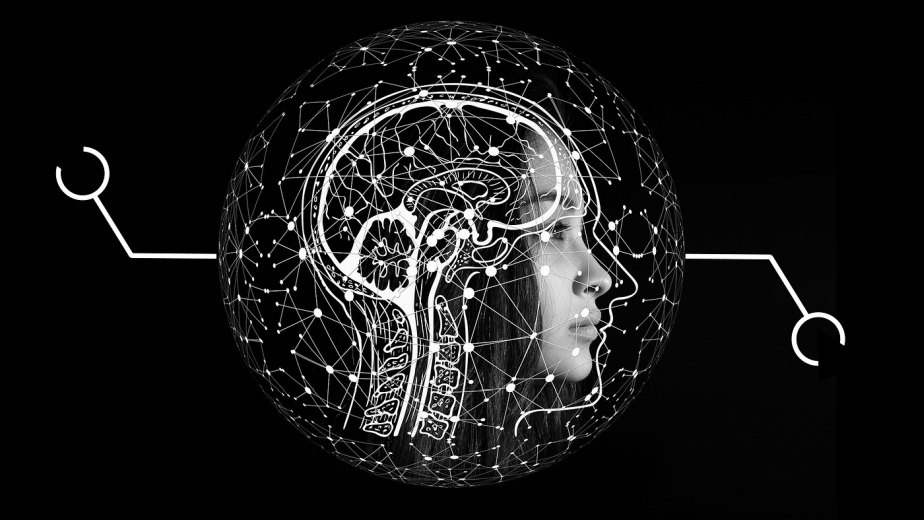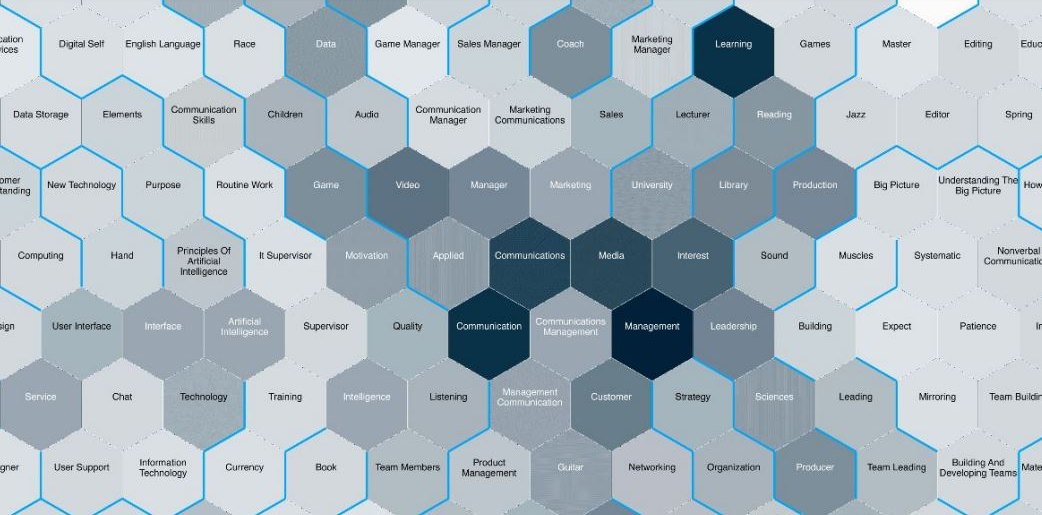Since the launch of ChatGPT a year ago, generative AI has captivated our imaginations, showcasing its prowess in art, music, and code creation. Yet, amidst this fascination, a deeper evolution is looming: Cognitive AI. This emerging field seeks to surpass human thought processes, ushering in an era where machines think like humans.
Imagine machines that can comprehend intricate concepts, tackle complex problems, and evolve through learning—this is the vision of Cognitive AI. Its potential spans across all aspects of our lives, revolutionizing healthcare, education, finance, and technology.
In artificial intelligence, two dominant approaches have emerged in recent years—Generative AI and Cognitive AI. Understanding their differences is key to unlocking the full potential of this transformative technology. The choice between Cognitive AI and Generative AI depends on the specific use case and the application’s goals, as both serve unique purposes.
Generative AI: Unleashing Creativity
Generative AI, like Chat GPT, is all about crafting fresh content—be it images, text, or music—by understanding patterns from existing data. Leveraging this knowledge, it goes on to produce entirely new and unique content, showcasing a kind of “synthetic imagination” that proves to be a game-changer in various creative pursuits. Whether it’s generating mesmerizing art and music or spinning engaging narratives and content, Generative AI is reshaping the way we approach artistic expression and media production.
This technology has carved out its space in creative realms like art, content creation, and design. Its impact is felt across a spectrum of applications, from enhancing datasets and aiding machine learning through data synthesis to creating lifelike simulations. Particularly advantageous for tasks demanding creativity and the generation of novel content, Generative AI proves versatile—it can amplify datasets, simulate reality with precision, and even play a role in streamlining content creation processes.
Cognitive AI: The New Frontier

Cognitive Artificial Intelligence
On the other hand, Cognitive AI aims to mimic and surpass human thought processes, encompassing language understanding, reasoning, learning, and decision-making. Exemplified by systems like Headai’s Graphmind, Cognitive AI interacts with the world in nuanced ways, analyzing data, gaining insights, and solving problems to transform industries.
Cognitive AI shines in tasks involving pattern recognition, natural language processing, and decision-making. Its applications span healthcare diagnostics, fraud detection, and customer support systems, leveraging natural language processing, machine learning, and data analytics to process information and offer insights.
Choosing between Cognitive AI and Generative AI hinges on the specific needs of the application. If replicating human-like cognitive processes and decision-making is the goal, Cognitive AI is preferable. Conversely, if generating creative content is the aim, Generative AI is the choice. Often, a combination of both approaches yields more comprehensive solutions.
From Data to Understanding: Unleashing the Power of Thought
While Generative AI excels in creating content based on patterns, Cognitive AI goes a step further by analyzing vast data, identifying relationships, and making predictions. This human-like thinking opens doors to transformative applications:
- Healthcare: Cognitive AI enhances medical diagnostics, personalizing treatment plans and predicting side effects for improved patient outcomes.
- Education: AI tutors powered by Cognitive AI offer personalized learning experiences, analyze student performance data, and provide real-time feedback.
- Finance: Cognitive AI analyzes financial markets deeply, aiding smarter investment decisions and detecting/preventing fraud.
- Technology: Cognitive AI drives the development of self-driving cars and intelligent virtual assistants that understand and respond to user needs.
Headai’s Graphmind: Leading the Cognitive AI Revolution
- SEO Powered Content & PR Distribution. Get Amplified Today.
- PlatoData.Network Vertical Generative Ai. Empower Yourself. Access Here.
- PlatoAiStream. Web3 Intelligence. Knowledge Amplified. Access Here.
- PlatoESG. Carbon, CleanTech, Energy, Environment, Solar, Waste Management. Access Here.
- PlatoHealth. Biotech and Clinical Trials Intelligence. Access Here.
- Source: https://techstartups.com/2023/12/08/beyond-generative-ai-why-cognitive-ai-is-the-new-frontier-that-will-usher-a-new-era-of-human-like-thinking/
- :has
- :is
- :not
- :where
- $UP
- 116
- 12
- 14
- 15%
- 17
- 19
- 20
- 20 years
- 22
- 23
- 24
- 26
- 27
- 28
- 29
- 30
- 31
- 32
- 33
- 35%
- 36
- 39
- 40
- 43
- 46
- 50
- 51
- 515
- 52
- 53
- 58
- 60
- 65
- 67
- 7
- 70
- 73
- 75
- 77
- 97
- a
- abilities
- About
- Achieve
- across
- advantageous
- age
- ago
- AI
- aim
- aims
- All
- amidst
- amplify
- an
- analytics
- analyze
- analyzes
- analyzing
- and
- Application
- applications
- approach
- approaches
- Art
- artificial
- artificial intelligence
- artistic
- AS
- aspects
- Assistant
- assistants
- At
- award-winning
- based
- BE
- beacon
- Beginning
- between
- Beyond
- blending
- both
- but
- by
- CAN
- capabilities
- cars
- carved
- case
- ChatGPT
- choice
- code
- cognition
- cognitive
- Cognitive AI
- cognitive psychology
- combination
- combines
- complex
- comprehend
- comprehensive
- computing
- concepts
- content
- content-creation
- conversely
- Creating
- creation
- Creative
- creativity
- customer
- Customer Support
- Dark
- data
- Data Analytics
- datasets
- Decision Making
- decisions
- deeper
- defined
- demanding
- depends
- Design
- Detection
- Development
- diagnostics
- differences
- diseases
- dominant
- doors
- drives
- each
- Ecosystems
- Education
- effects
- emerged
- emerges
- emerging
- encompassing
- end
- engaging
- Enhances
- enhancing
- entirely
- environmentally
- environmentally friendly
- Era
- Even
- evolution
- evolve
- exemplifies
- existing
- experience
- Experiences
- Explainable AI
- expression
- feedback
- felt
- field
- finance
- financial
- For
- forefront
- fraud
- fraud detection
- fresh
- friendly
- from
- Frontier
- full
- further
- future
- Future of AI
- gaining
- game-changer
- generating
- generation
- generative
- Generative AI
- goal
- Goals
- Goes
- going
- hand
- harness
- Have
- healthcare
- High
- hinges
- HTTPS
- human
- Humans
- identifying
- if
- images
- imaginations
- Impact
- improved
- in
- industries
- information
- informed
- Innovation
- innovative
- insights
- Intelligence
- Intelligent
- interacts
- intricate
- investment
- involving
- IT
- ITS
- jpg
- just
- Key
- Kind
- knowledge
- language
- large
- launch
- leading
- LEARN
- learning
- leveraging
- lies
- light
- like
- Lives
- looming
- machine
- machine learning
- Machines
- magic
- Making
- Markets
- marking
- Media
- medical
- models
- more
- much
- Music
- narratives
- Natural
- Natural Language
- Natural Language Processing
- needs
- New
- novel
- of
- offer
- offering
- often
- on
- opens
- or
- organizations
- Other
- our
- out
- outcomes
- over
- particularly
- patient
- Pattern
- patterns
- pave
- performance
- Personalized
- plans
- plato
- Plato Data Intelligence
- PlatoData
- Play
- poised
- possibilities
- potential
- power
- powered
- powerful
- Precision
- predicting
- Predictions
- Predicts
- preferable
- prevent
- problems
- process
- processes
- processing
- produce
- Production
- proves
- provide
- providing
- prowess
- Psychology
- purposes
- real
- Real Magic
- real-time
- Reality
- realms
- reason
- recent
- recognition
- Relationships
- Requirements
- reshaping
- Respond
- Revolution
- Revolutionizing
- Role
- Sectors
- Seek
- Seeks
- self-driving
- serve
- shines
- showcasing
- side
- skill
- smarter
- solution
- Solutions
- Solving
- Space
- span
- spans
- specific
- Spectrum
- stands
- Step
- Strategy
- streamlining
- Student
- SUMMARY
- support
- Support Systems
- surpass
- synthesis
- Systems
- tackle
- tasks
- Technology
- text
- textual
- that
- The
- the world
- their
- think
- Thinking
- this
- thought
- Through
- to
- traditional
- Transform
- transformative
- transparent
- treatment
- true
- two
- understand
- understanding
- unique
- unleashing
- unlocking
- unprecedented
- use
- use case
- User
- usher
- ushering
- various
- Vast
- Virtual
- vision
- volumes
- vs
- Way..
- ways
- we
- whether
- which
- while
- why
- will
- with
- world
- year
- years
- yet
- yields
- zephyrnet












